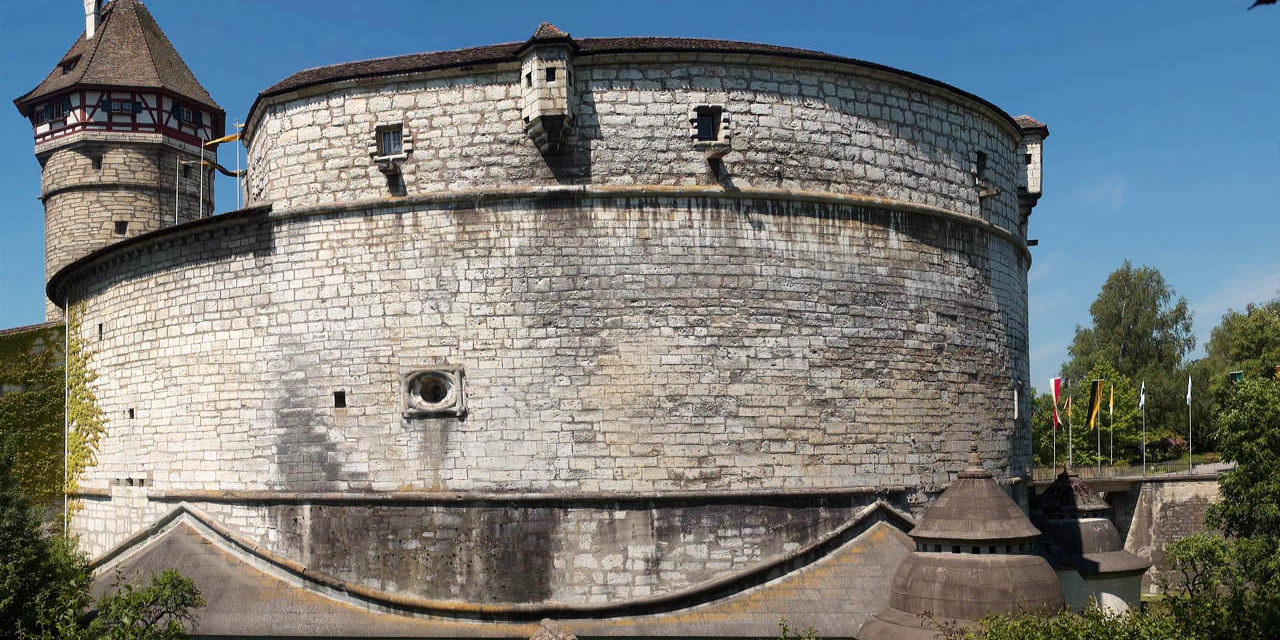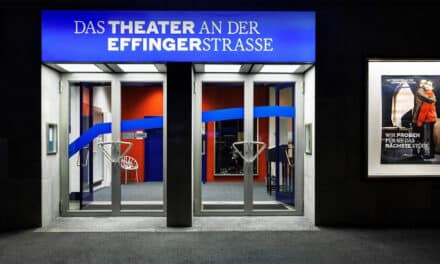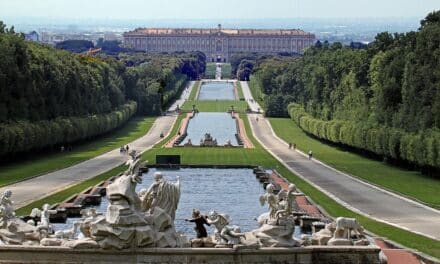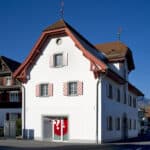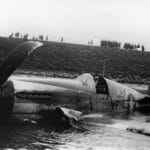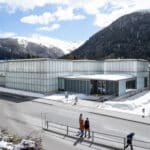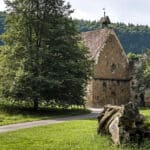The Munot is the undisputed landmark of the town of Schaffhausen. No other town in the Swiss Confederation was able to afford a building of comparable monumentality in the 16th century. There is a variety of traditional and modern activities around the Schaffhausen landmark. The sponsor of these activities is the Munot Association, founded in 1839.
After Schaffhausen joined the Swiss Confederation in 1501, and even more so after the Reformation in 1529, there was a desire to strengthen the town's fortifications. After years of planning, the councillors decided to build the new artillery fortress on November 6, 1563. The Munot was built from 1564 to 1589, partly as a result of forced labor. As an artillery fortress, the Munot was part of the town fortifications. The elements used in its construction, such as caponiers, casemates with light wells and gun niches with smoke vents, corresponded to the rather outdated state of military technology at the time.
There is much about the Munot to suggest that the people of Schaffhausen were not only concerned with fortifying the town, but also with creating an impressive, representative structure. Soon after its completion, doubts arose as to whether the Munot could withstand the increasingly powerful artillery. And the Munot was only occupied by the military once: in 1799, the French entrenched themselves on the Munot on their way back from the Austrians. After a brief skirmish, however, they fled across the Rhine. In the process, the famous Grubenmann wooden bridge was set on fire.
t the beginning of the 19th century, the town fortifications lost all significance. The Munot fell into ruin and became a quarry. However, Johann Jakob Beck was actively involved in saving the Munot from 1826 and founded the Munot Association in 1839.
Johann Jakob Beck (1786-1868) was a drawing teacher at the cantonal school, bon vivant and Munot father. On his initiative, work began in 1826 on the restoration of the Munot, which was in danger of collapsing and was also used as a quarry at the time. In 1839, the time had come: the renovated Munot was inaugurated with speeches, music, singing and 615 firecrackers. On October 30, 1839, the Munot Association was founded, whose first president and Munot father was Johann Jakob Beck.
The casemate
The casemate impresses with its enormous vaults. However, it was not planned from the outset to cover the courtyard of the new fortress. The vault has a massive ceiling of around four meters, filled with gravel, and is supported by nine pillars. Light enters the casemate through four circular light wells. Theater performances and concerts have also taken place in this room.
The Munotgraben
The ditch used to be a very important obstacle. Due to its location, it was never filled with water. The caponnières had to be repaired time and again. In 1995, Rorschach sandstone was used to cover the substructure in accordance with the original design. A fallow deer colony has lived in the moat since 1905, consisting of around a dozen animals at any one time. The bull always bears the name of the current mayor.
The Munotrebberg
The Munotrebberg belongs to the town of Schaffhausen. With a total of 76 acres, it is currently planted with 49 acres of Pinot Noir vines and 27 acres of Tokayer or Pinot Gris vines. With around one vine per square meter and an average of one kilogram of grapes per vine, this results in a yield of 5000 to 7000 liters of "Munötler", depending on the year.

